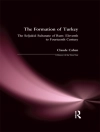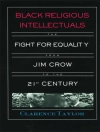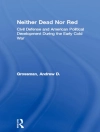Drawing on oral-history interviews and other sources, this work provides fascinating accounts of how Soviets, Jews, and Roma fared in the Russian city of Smolensk under the 26-month Nazi occupation.
The 1941 German invasion of the Soviet Union (‘Operation Barbarossa’) significantly altered the lives of the civilians in occupied Russian territories, yet these individuals’ stories are overlooked by most scholarly treatments ofthe attack and its aftermath. This study, drawing on oral-history interviews and a broad range of archival sources, provides a fascinating and detailed account of the everyday life of Soviets, Jews, Roma, and Germans in the city of Smolensk during its twenty-six months under Nazi rule.
Smolensk under the Nazis records the profound and painful effects of the invasion and occupation on the 30, 000 civilian residents (out of a prewar population ofroughly 155, 000) who remained in this border town. It also compares Nazi and Stalinist local propaganda efforts, as well as examining the stance of Russian civilians, thereby investigating what it meant to support — or hinder –the new Nazi-German and collaborating Russian authorities. By underlining the human dimensions of the war and its often neglected long-term effects, Laurie Cohen promotes a more complex understanding of life under occupation.
Smolensk under the Nazis thus complements recent works on everyday life in occupied Ukraine, Belarus, and the Baltic States as well as on the siege of Leningrad.
Laurie R. Cohen is Adjunct Professor at the Universities of Innsbruck and Klagenfurt.
Mục lục
Introduction
Oral, Gender, and Everyday Life Histories in a German-Soviet-War Context
Between Invasion and Liberation: Everyday Life and Loyalties Prior to the German-Soviet War
Defense and Surrender of Smolensk
‘Normalcy’
Occupation Atrocities and War Crimes
Between Stalinists and Nazis: The Long-Term Aims and Long-Lasting Effects of Occupation
Propaganda and Persuasion
Group Perceptions, Oral Narratives
Sex/Gender Relations and Youth Experiences
Liberation and Revival
Interrogations, War Crimes Trials, and the Making of War History
Conclusion
Notes
Bibliography
Index












